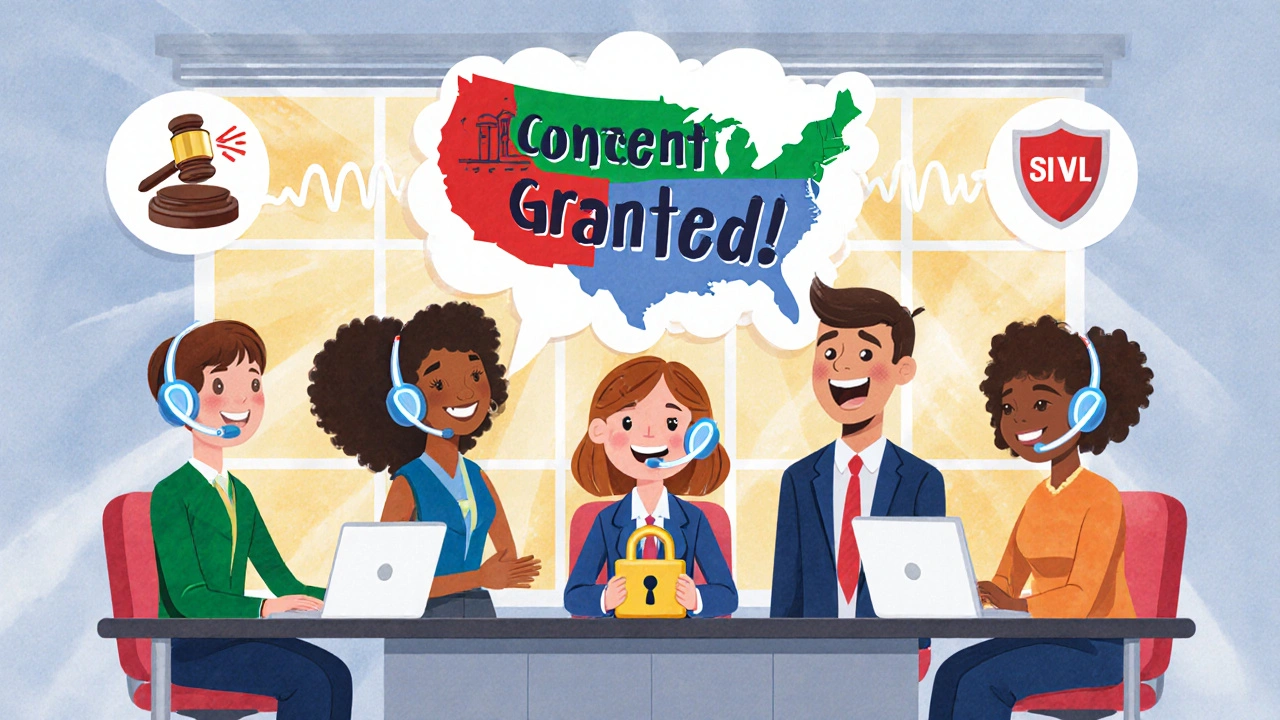Contact Center Quality Assurance: How to Monitor, Improve, and Scale Call Center Performance
When you run a contact center quality assurance, a systematic process to evaluate and improve customer interactions in call centers. Also known as call center monitoring, it's not about catching mistakes—it's about finding what works so you can do more of it. Most teams think QA means grading agents on a checklist. But the best ones use it to uncover hidden patterns in calls—like why customers hang up after 30 seconds, or which phrases actually close sales.
It starts with VoIP call recording, the ability to capture and store voice interactions over internet phone systems. Without it, you’re guessing. With it, you can replay every call, tag outcomes, and spot trends. Tools like OpenPhone and Quo let you tag calls as "complaint," "upsell success," or "technical issue"—and then tie those tags to metrics like average call duration or resolution rate. That’s how you move from "Agent A did well" to "Customers who hear "Let me fix that for you" stick around 40% longer."
Call tagging, the practice of labeling call outcomes for analysis turns noise into data. You don’t need fancy AI to start—just pick 5-7 tags that matter to your business. Did the call end in a sale? A refund? A transfer to billing? Tag it. Then look at the recordings behind the tags. You’ll find that one agent handles refunds better because they pause before speaking. Another loses customers by rushing through the script. QA isn’t about punishment—it’s about sharing those wins across the team.
And it all ties back to VoIP analytics, the use of data from internet-based phone systems to measure performance and customer behavior. Keyword detection in call transcripts can tell you when customers say "frustrated," "wait too long," or "just wanted to talk to a human." That’s not just feedback—it’s a roadmap. One company found 72% of complaints started with the word "I’ve been on hold." They fixed it by changing their IVR greeting. No new hires. No new software. Just better words.
You don’t need a huge budget. You don’t need to hire a data scientist. You just need to start listening—really listening—to what your calls are telling you. The posts below show you exactly how to set up recording, choose the right tags, use analytics without the fluff, and turn every call into a learning moment. Whether you’re running a team of 5 or 50, these are the steps that actually move the needle.
